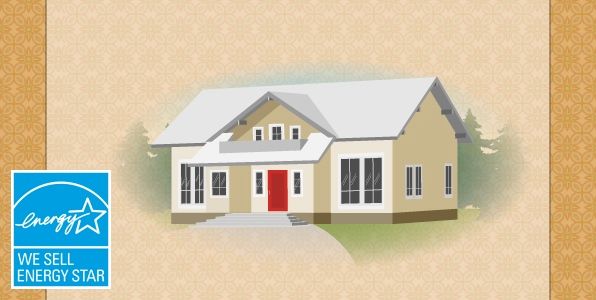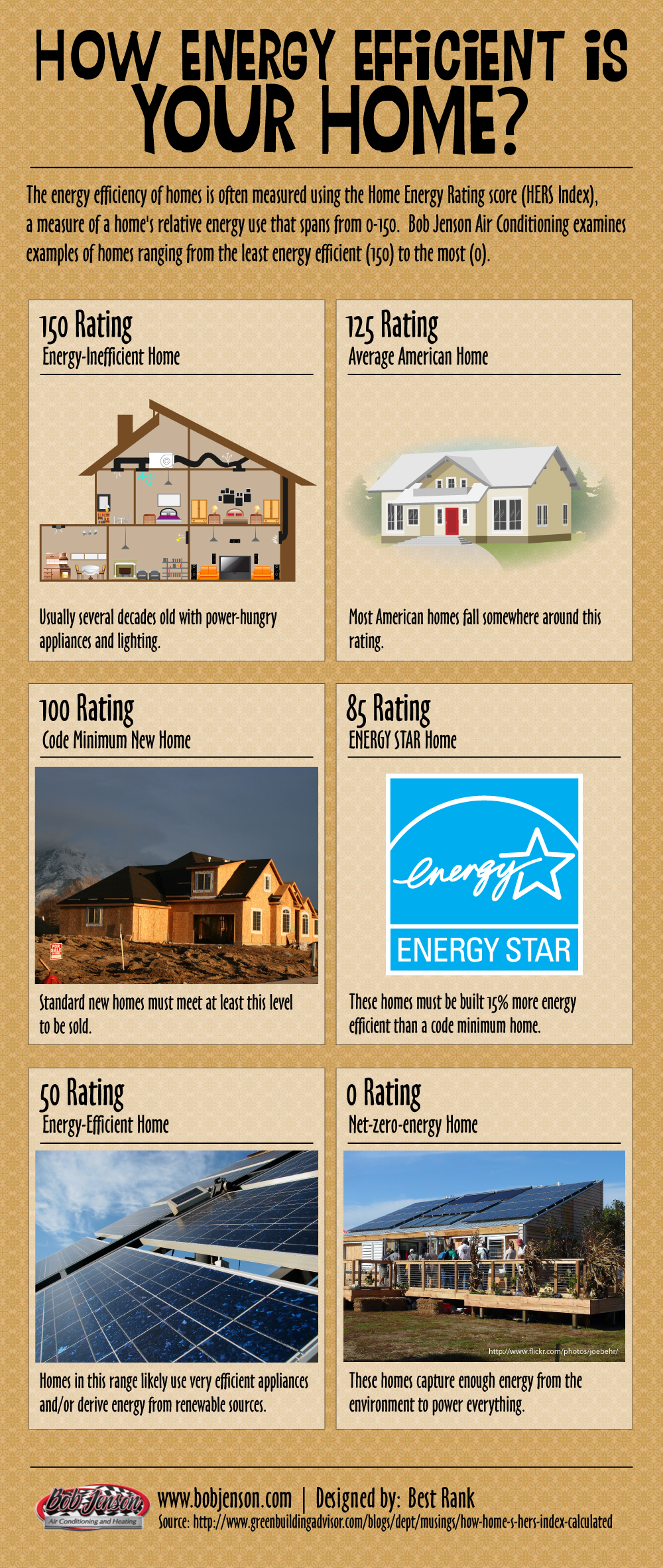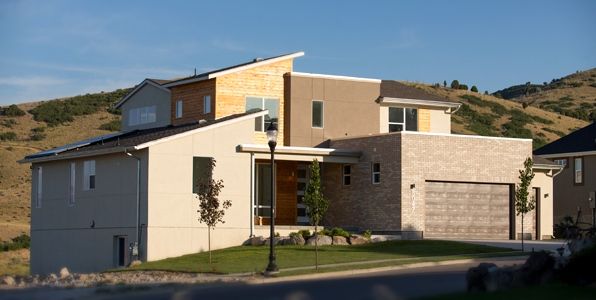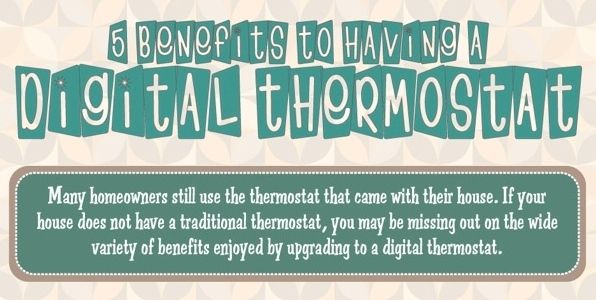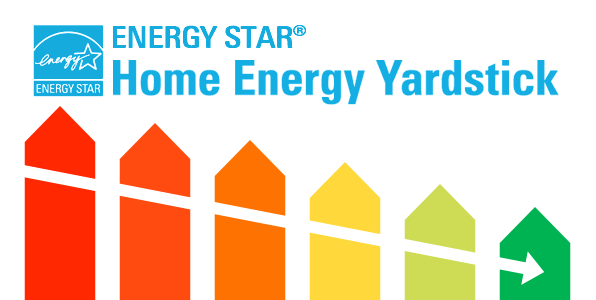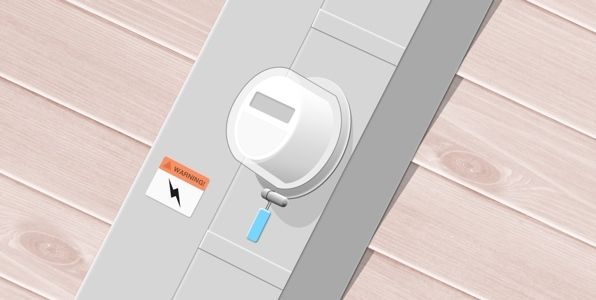5 Futuristic Home Features
5 Cool Features in Homes of the Future
For much of the 20th century, humanity looked ahead, trying to figure out what the home of the future would have within its walls. People envisioned floating cities and automated homes filled with videophones, appliances controlled by voice commands, and robots around every corner.
We do have some of those things—videophones and voice command—though many of the ideas—consumer robots—are still a thing of fiction. Still, the future is something to look forward to as technology continues to develop new and convenient means of living in and navigating this complex world. Let’s take a look at some common features you’ll see in the homes of the future.
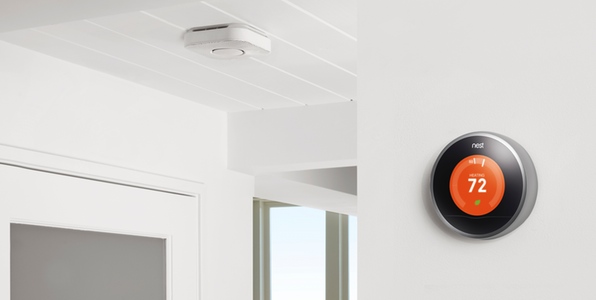
1. Smarter, more efficient climate control
We’re already seeing some very cool futuristic improvements to the way we keep ourselves comfortable at home.
Who needs ducts? Rather than having all those ducts running through your walls, ductless systems feature a single dedicated refrigerant line. Ductless systems consist primarily of an outdoor unit and one or multiple indoor units that mount to the wall or ceiling and condition the air in each room.
Sounds simple enough, and it is. Doing away with ducts actually reduces the energy use 25 to 50 percent. Part of that comes from the inefficiencies that come with ducts—leaks, damage, maintenance. Part of it comes from the sheer control you have. Indoor units can be placed in each room and set to separate temperatures, so a room that gets more sunlight can be set to a cooler temperature than a room in constant shade.
Automated thermostats like Nest can learn your behaviors and daily schedules to provide optimal temperatures when you’re at home while saving energy when you’re out and about. These units can even be controlled via smartphone or tablet, so you can warm up your living room before you get home from work. You can also monitor your systems energy usage and make changes on the go. This maximizes your comfort while significantly cutting your utility bills.
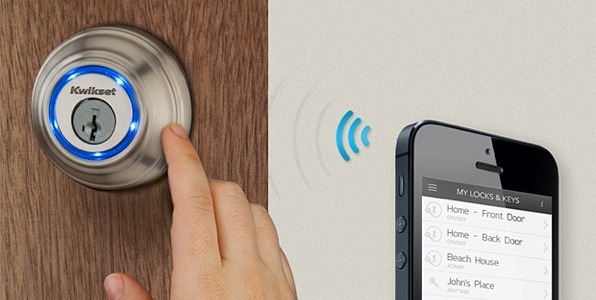
2. Home security
Your home is your castle. You should feel safe in your home without worrying about intruders. Future security systems can make it easier for you to get into your home while effectively keeping out interlopers with biometric technology. Biometrics refers to identifying people through their physical traits or characteristics. You’ve seen it in many a spy or science fiction movie. Doors open via thumbprint or cornea scan or voice recognition—metrics that are unique to each individual.
Other smart lock systems, like Kwikset’s Kevo, open or lock via phone, so you never have to worry about losing your house keys again. The lock essentially recognizes your phone’s Bluetooth signal to allow entry and monitor access from other entrants. In other words, you’ll know who enters your home and when.
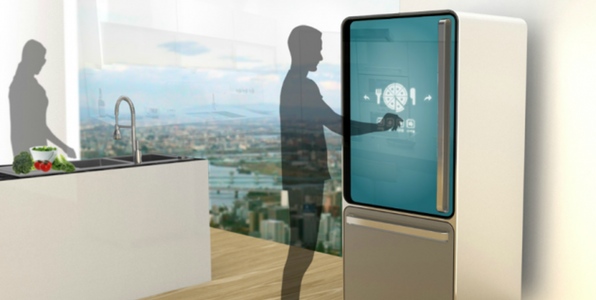
3. The smart kitchen
The kitchen is the beating heart of every home, the warm engine that offers food, social interaction, and family time all at once. The kitchen of the future won’t do away with any of that, but it will improve the design and function of your appliances.
Let’s take the refrigerator. There’s not much to the modern fridge. It’s just a large box that keeps things cold, but the most common problem is losing or forgetting foods in the fridge, which leads to strange smells and even stranger microbial creatures growing in your crisper. Smart refrigerators feature a touch screen interface on the door. These touch screens keep track of all the meat, produce, and condiments held within and can notify you when the foods are nearing or past their expiration date. These fridges can then go a step further by suggesting healthy recipes that you can make with the foods you have.
Smart appliances will be scattered throughout the kitchen of tomorrow, and they will all be controlled via your smartphone—see a running theme here? You can tell your dishwasher to start up when you’re at work. You can tell your oven to keep the ham warm while you finish watching the game.

4. A bright idea
Your lights tend to suck up a lot of energy, and even with constant vigilance, you may accidentally leave a light on before you head out to work. In your future home, each light bulb will have built-in Wi-Fi, so you can program your lights or remotely turn them all on or off at once.
Why limit yourself to one color? The Philips Hue system uses one bulb housing three LEDs, allowing for 16 million different colors! You can fill your home with warmer, more relaxing lights or dim your bedroom light as you drift to sleep.
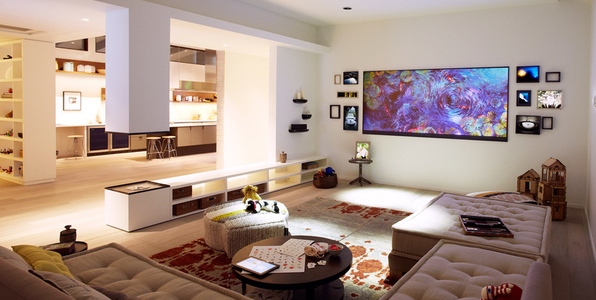
5. Your Home OS
Probably the most significant development of the future home is the idea
that everything in your home will communicate and work in conjunction with each other to make your life more enjoyable and convenient. This concept of interconnectedness will essentially turn your future home into its own operating system, so when you close a door, the lamp will automatically turn off. Your home operating system knows exactly what to do when you walk into the kitchen in the morning, lounge in your living room, or have a visitor at your front door.
It’s exciting to see what home technologies are currently in development, and even more exciting to see what lies beyond the horizon. One thing that won’t change—there’s no place like home.







